Overview
Plans loans allow you to borrow funds from your own 401(k) account and then repay the account just as you would any other loan. The difference is that you are repaying the loan back into your own account (rather than repaying some other financial institution). You are also required to pay interest on the loan, and those interest payments also get paid into your own 401(k) account.
How do 401(k) loans work?
401(k) plan loans are governed by a loan provision in your employer 401(k) Plan Document. This loan provision spells out the features of the loan program, including minimum loan amount, interest rate, term, purpose of loan (such as for general purpose or for principal residence).
Key Loan Provisions
Minimum Amount. Plans can set a minimum loan amount. However, most plans set a minimum loan amount of $1,000.
Maximum amount. By regulation, the maximum loan amount is set at $50,000 or 50% of your account balance, whichever is less.
Duration of Loan. Loans are limited in length to a maximum of five (5) years, unless the loan is for a principal residence. In the case of a 401(k) loan for a principal residence, the loan can be for a longer period time, usually determined by the plan sponsor.
Interest Tate. The plan may specify the interest rate used, typically Prime rate +1% or Prime rate + 2%.
Number of Loans. Employers may limit the number of loans a participant can have outstanding at one time. Most plans limit the number of loans to one at a time.
Loan Repayments. Loan repayments are made via payroll deduction. You can always arrange to pay off loans early by contacting the service provider to get the payoff amount and special loan payoff instructions.
What if I terminate employment while I have a Loan?
This is an area that is very tricky. It is important to know that if you terminate employment (regardless of the reason, voluntary or involuntary), any outstanding 401(k) loan becomes immediately payable.
Because plan loans are typically repaid via payroll deduction, you will typically need to contact the service provider to get the loan payoff amount. If you are unable to pay off your loan balance in full, your loan goes into default and the balance owed becomes a taxable distribution to you from your 401(k) plan. Remember, any taxable distribution will be subject to state and federal income taxes, as well as a 10% penalty. It is important to note that defaulted loans will not appear on your credit report, but you will be issued a Form 1099-R from the service provider the following year for tax purposes.
If your new employer’s plan allows, you may be able to transfer your loan to your new plan. You will need to confirm details of whether this is allows and how it can be done with your new employer.
The information contained herein is not intended as financial, legal or tax advice, and may not be suitable as required by specific circumstances. Please consult your financial planner, attorney and/or tax adviser as needed.


